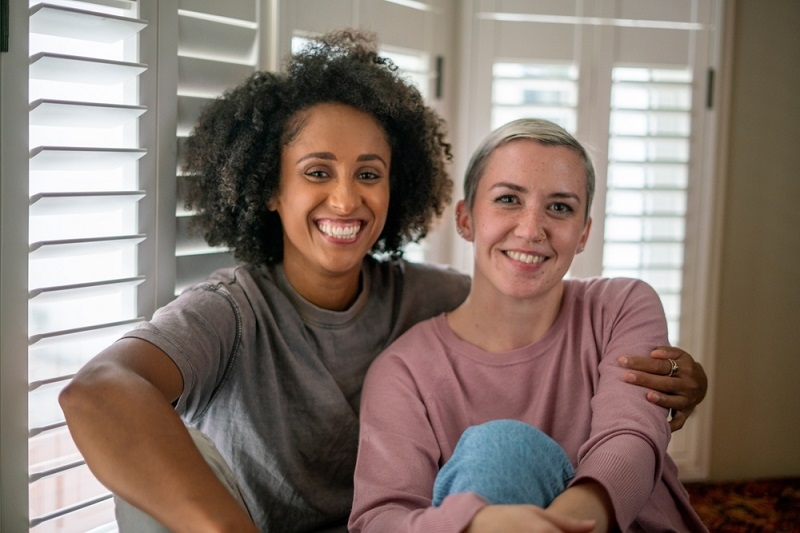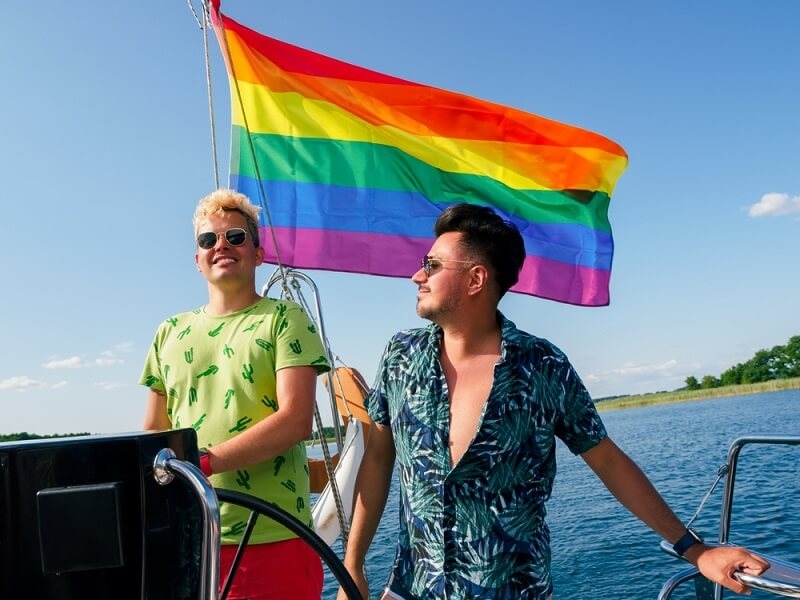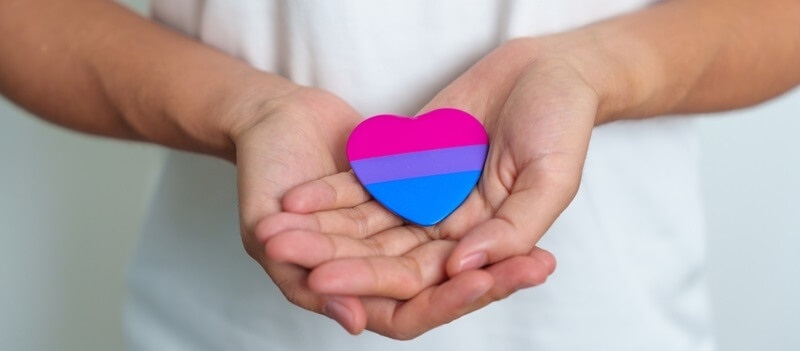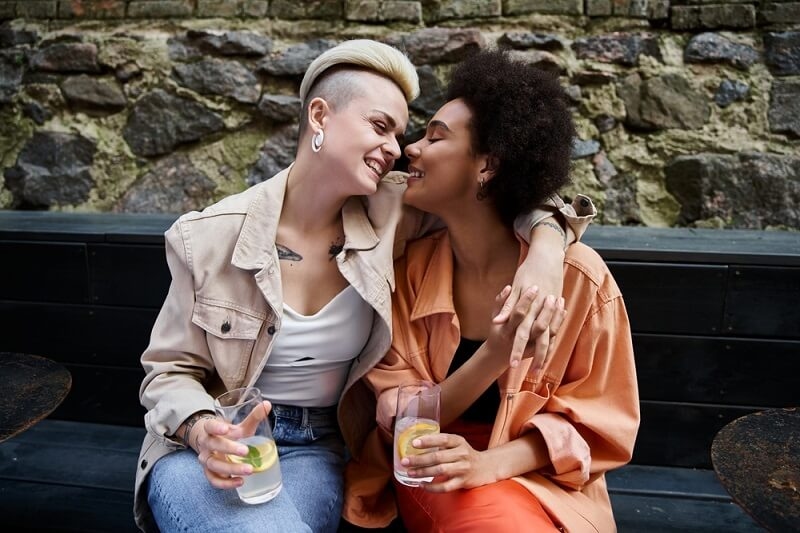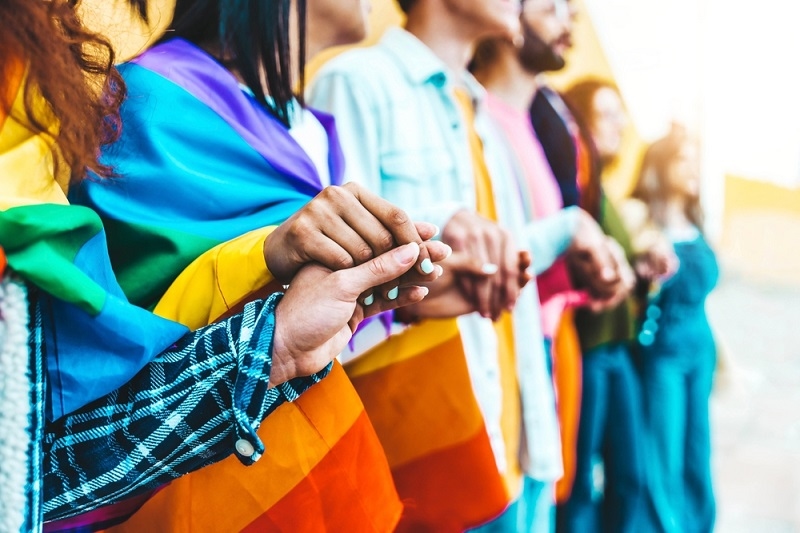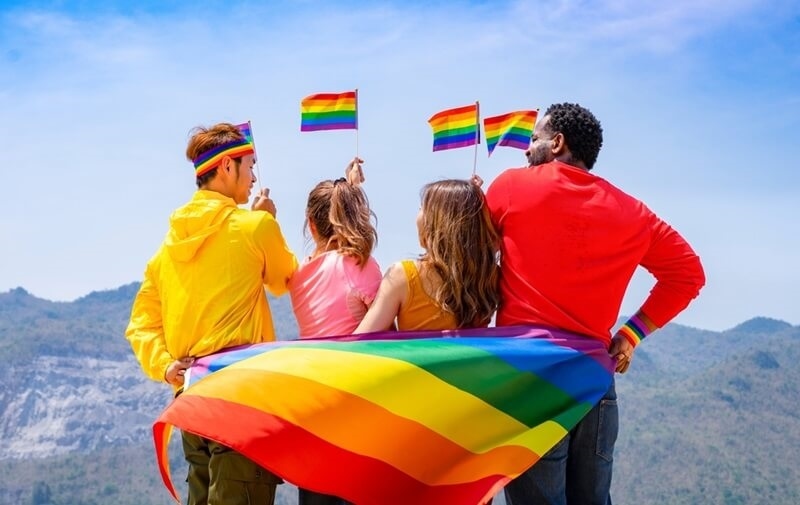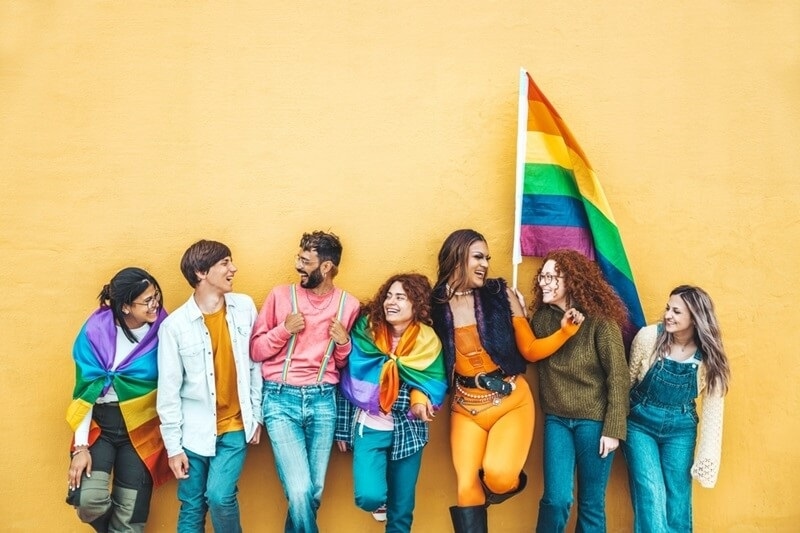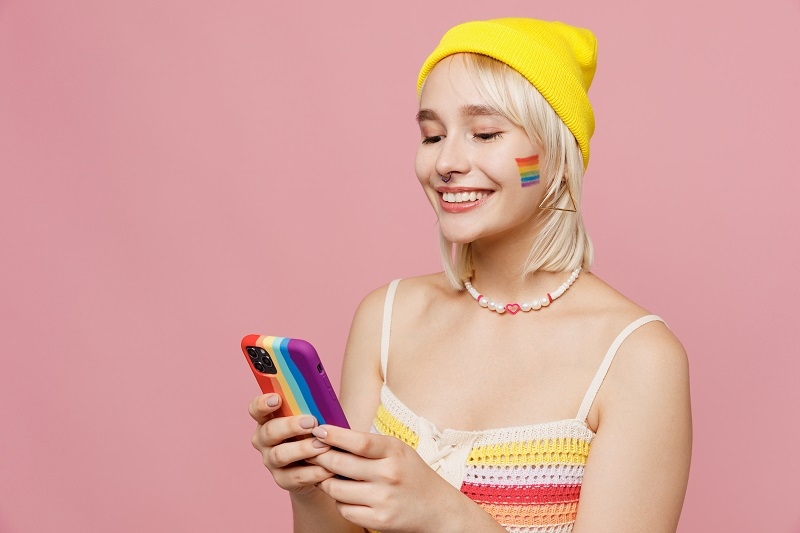LGBTQ+ Rights In The US: What We Are Fighting For

The Northeastern United States is a region with a long history of religious persecution and intolerance, and modern-day pioneers are challenging outdated beliefs and antiquated laws. Once again, New England is at the forefront of social change. Every corner of this six-state region has unprecedented activism around LGBTQ rights. From small rural towns to urban centers, from high schoolers to senior citizens — everyone has been called to action to protect their rights and equality as human beings. In recent years there has been an explosion in visibility for lesbian, gay, bisexual, transgender, and queer individuals (LGBTQ). It has never been more evident than in the current political climate, with hate speech on the big screen and in the White House. In response to public attacks on our communities, allies have also stepped up their game by speaking out in support of LGBTQ rights in the US wherever they can: at local town meetings during city council elections, on social media platforms like Instagram or Facebook —and even at church services.
The LGBTQ+ movement has been gaining traction worldwide for decades. However, today, we are more accepting of people who identify as LGBTQ+ than ever before. But how far have we come? Do individuals who identify as LGBTQ face more privileges or difficulties daily? Do these individuals still face prejudice and discrimination from the general population? Keep reading to discover everything you need to know about LGBTQ rights in the US and their fight for equality.
LGBTQ Rights: Where Do We Stand?
Many obstacles still stand in the way of the LGBTQ+ community in America. These obstacles are:
- Lack of funding for research and awareness: There is a clear lack of funding for research on LGBTQ health. To push forward with LGBTQ rights, we must invest in research to understand LGBTQ health needs.
- Lack of access to adequate healthcare. LGBTQ youth are at higher risk of suicide and mental health issues related to their identities. The results can be catastrophic when LGBTQ youth don't have access to appropriate mental health services.
- Lack of acceptance in communities. People often lack the knowledge to understand LGBTQ identities and what those identities mean for people who identify as such. We must also work to reduce stigma and discrimination in communities across the country. The best way to achieve this is by having open and honest conversations with people in our communities.
Why Are LGBTQ+ Individuals Seeking Equal Rights?
There are many reasons why LGBTQ individuals should have equal rights under the law. One of the most important reasons is self-determination: it implies that their needs for competence, connection, and autonomy are fulfilled.
LGBTQ individuals have the right to practice sovereignty when it comes to their identities. Government agencies must be willing to identify people with the gender they identify, and they must keep correct records and papers (such as health insurance, passports, or birth certificates). This is how people in LGBTQ communities can be treated fairly and with dignity.
Where We've Been: From Stonewall to Marriage Equality
The year was 1969 when New York City police raided the Stonewall Inn, a gay bar in Greenwich Village. The raid resulted in a violent clash between the police and patrons of the bar. This event — now known as the Stonewall Riots — is widely considered the catalyst for the modern LGBTQ rights movement.
On the heels of Stonewall, leaders in the LGBTQ community formed many organizations to advance their rights and visibility. The push for equality gained momentum in the late 1970s and early 1980s when a marriage equality lawsuit was filed in Massachusetts. In 1989, the Massachusetts Supreme Court ruled in favor of the plaintiffs. The case- Doe Vs. The Commonwealth of Massachusetts was the first to challenge same-sex couples' denial of marriage rights. The decision paved the way for other courts to rule in favor of marriage equality.
Protecting the LGBTQ community from discrimination
After marriage equality was achieved, the LGBTQ community continued to work toward protecting all LGBTQ people from discrimination. While marriage equality was a barrier to be broken, many places still had employment, housing, and public accommodations laws that allowed discrimination against LGBTQ communities.
These laws and policies deny LGBTQ people the opportunity to earn a living or provide for their families, housing, or access essential services, like healthcare or food banks.
Prohibiting anti-LGBTQ discrimination
In the 1990s, the LGBTQ community in New England began the push for anti-discrimination laws and policies. In 1991, Vermont was the first state to pass a law protecting people from discrimination based on sexual orientation. Massachusetts and Connecticut followed suit the following year and Rhode Island and Maine in 1993.
These laws meant that LGBTQ individuals could work and earn a living without being fired or denied a promotion or a raise because of their sexual orientation or gender identity.
Ensuring Equal Access to Critical Services and Facilities
In the last decade, the LGBTQ+ community has worked to ensure that people have access to critical services and facilities without fear of discrimination. These include access to health care, housing assistance, food banks, homeless shelters, and assistance from law enforcement when needed.
Full Recognition of Gender Equality in the US
In the last decade, the LGBTQ community has worked towards full recognition of gender equality in the US. This includes ending gender-based discrimination, treating all people with dignity and respect, and changing existing laws and policies to ensure they apply to everyone.
Conclusion
Visibility matters. In this current political climate, it is more important than ever that people know their LGBTQ neighbors, family members, and colleagues. As allies, we must speak out, be visible, and support the LGBTQ community. If you want to fight for LGBTQ rights in your community, check out GLAAD's Action Center. As time goes on, we slowly see positive changes in LGBTQ rights.
There are still many challenges we must face in the future, but we are overcoming these challenges one step at a time. The more we talk about these challenges, the more progress we can make.






